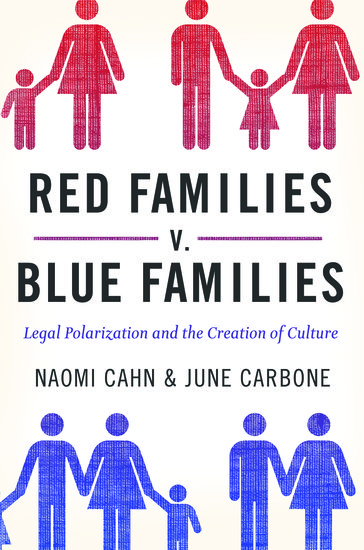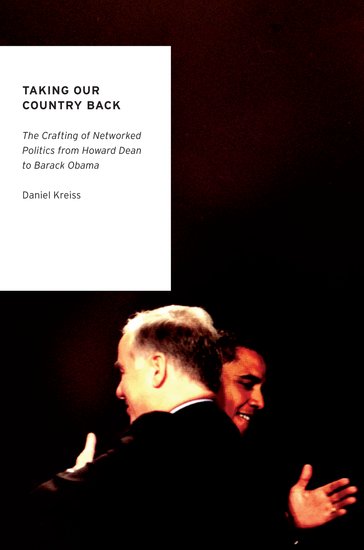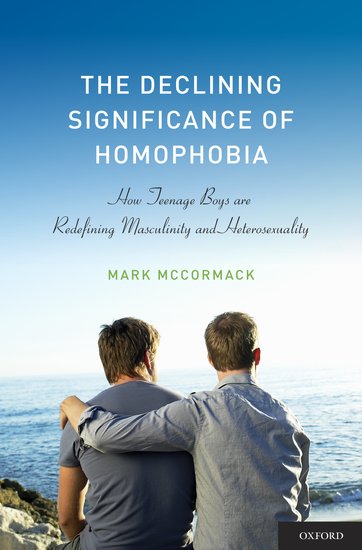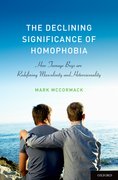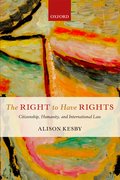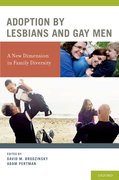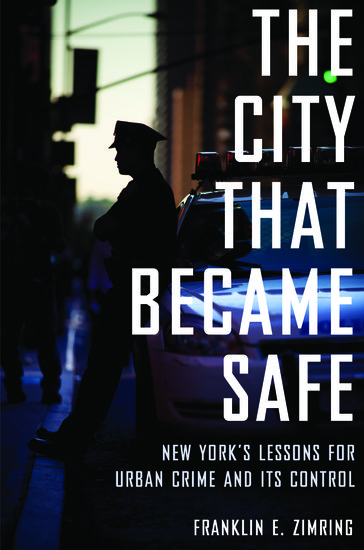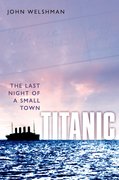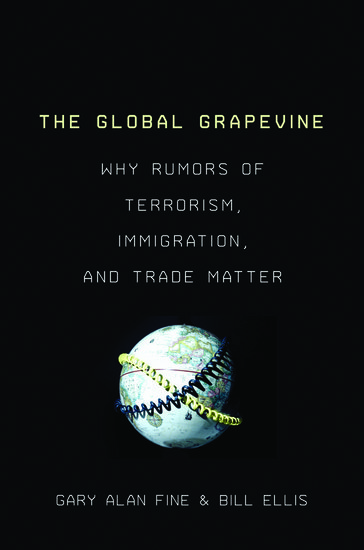Red families v. blue families revisited
By June Carbone and Naomi Cahn
The 2012 presidential election may turn on marriage. Not marriage equality, though President Obama may garner campaign contributions and enthusiasm from his endorsement of same-sex marriage, and Mitt Romney may garner financial support and emotional resonance from his opposition. And not concern about family instability, though the GOP’s grip on those concerned about family values is unlikely to loosen. Instead, this election may turn on the changing balance between the married and the unmarried.

